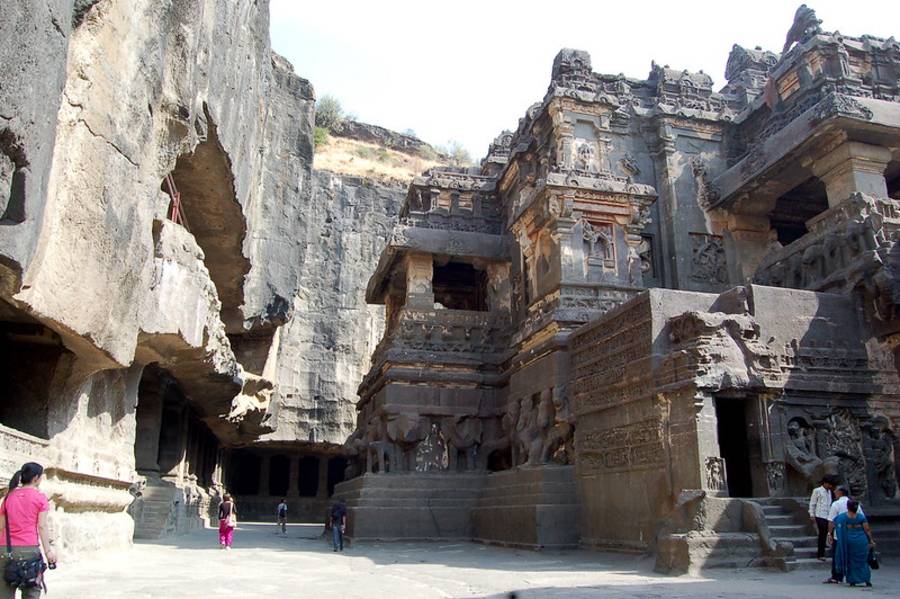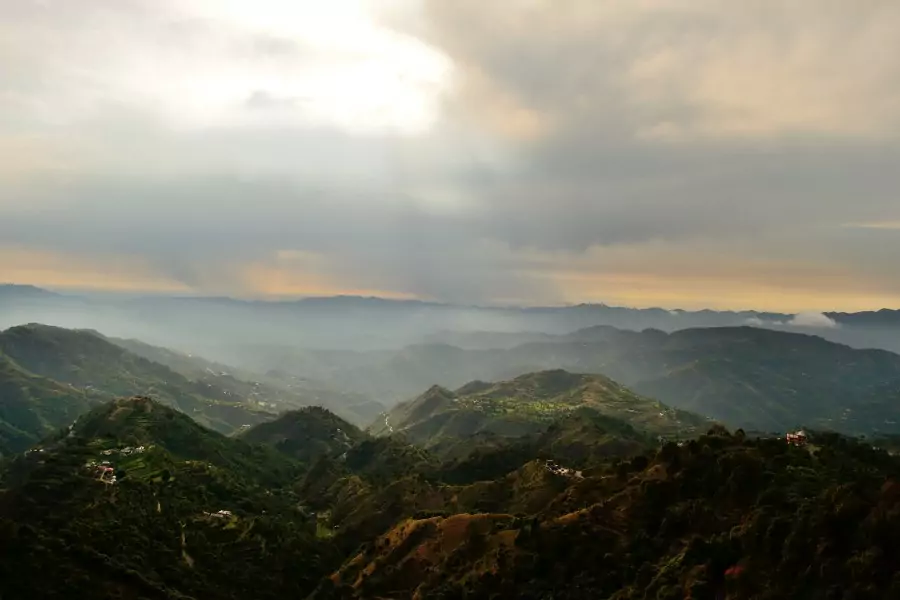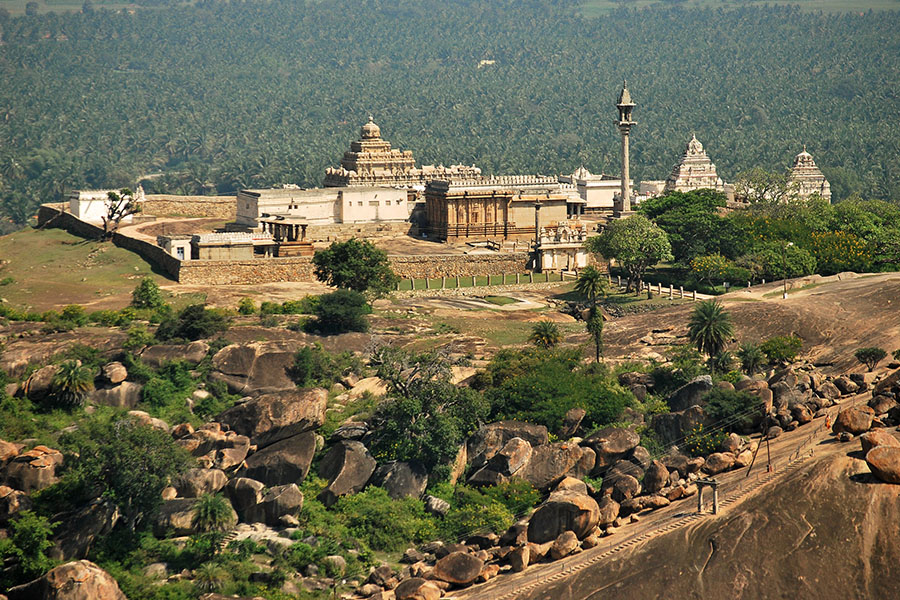Ajanta Ellora Caves
Where are the Ajanta and Ellora Caves?
The Ajanta Ellora Caves are located in the Aurangabad district of Maharashtra. The caves lie by the side of the Waghorn river amidst the verdant Sahyadri Hills. The Ellora Caves are situated in the Charanadari Hills in the village of Verul, at a distance of 26 km north of Aurangabad district. The caves lie at a distance of 400 km from the city of Mumbai.
How will you gain access?
Aurangabad Airport (99 km from Ajanta and 30 km from Ellora) is the closest airport. The airport has direct links with Delhi, Udaipur, Jaipur, and Mumbai. Talking of railways, one should be aware that there are regular train services between Mumbai and Aurangabad. The Devgiri Express and the Tapovan Express operate daily between the two cities. Jalgaon is another railhead that is 59 km from Ajanta. From Aurangabad, one can avail of regular tourist bus services to the Ajanta and the Ellora caves. The caves are connected by an excellent road network to places like Mumbai, Pune, Ahmednagar, Jalgaon, Ahmedabad, Shirdi, Nashik, Hyderabad, Indore, Bijapur, Aurangabad, etc.
What are the timings and the entry charges?
The Ajanta Caves are open from 09:00 hours to 17:30 hours daily except Mondays and national holidays. For Indians Rs. 10.00 is charged per head and it is US $10 for foreign nationals. The Ellora Caves to are open from sunrise to sunset. Entry to Ellora is free except for the Kailasa Temple. For Indians, the fee is Rs. 10 and for outsiders, it is US $10. The caves are closed on Mondays and national holidays.
What does the past say?
Ajanta Caves
The Ajanta Caves, 29 in number, were discovered only in the 19th century. The history of the Ajanta Caves dates back between 200 BC and 650 AD. For ages, the caves were into a world of oblivion lying deep in the Sahayadri Hills. The caves are the masterpieces of Buddhist Art.
Ellora Caves
The Ellora caves are 34 in number. The caves were carved between 350 AD and 700 AD. The caves are representatives of three different faiths- Hinduism, Buddhism, and Jainism. 12 of the caves are Buddhist, 17 are dedicated to Hinduism and the remaining five symbolize Jainism.
What goes behind the architecture?
Ajanta Caves

The exquisite rock-cut monuments of Ajanta symbolize the brilliance of the Buddhist architecture. These caves are considered to be the masterpieces of Buddhist Art. The paintings on the walls and ceilings of the caves cover various themes and subjects relating to the life of Lord Buddha and various Buddhist divinities. The Ajanta Carvings of the Mahayana Phase rival even challenge those of the Gupta period monuments.
Ellora Caves
Kailasa, cave 16, is the largest monolithic structure in the world and is the focus of the site. The architecture of the Ellora caves symbolizes a wide range of techniques. The sculptural compositions that adorn the caves are among the finest examples from the Chalukya, Kalachuri, and Rashtrakuta periods. Ellora has been attracting, for ages, chroniclers, scholars, antiquarians, and tourists from all around the globe.
What are the nearby attractions?
Bibi Ka Maqbara
Bibi Ka Maqbara, a replica of the Taj Mahal, was built by the Mughal emperor Aurangzeb’s son as a tribute to his mother Begum Rabia Durrani. It was erected in the year 1679.
Panchakki
The Panchakki (Watermill) was built by Malik Amber in 1695. The mill was used to grind grains for the pilgrims. The gardens and fish tanks here are reminiscent of the Sufi saint Baba Shah Musafir who was cremated here in 1624.
State Archaeology Museum
The State Archaeology Museum exhibits a collection of sculptures and broken panels from archaeological sites in Pithan. The museum remains open from 10-30 hours to 17-30 hours daily except Sundays.
Which are the nearby hotels?
There are accommodation facilities available near Ajanta and Ellora caves. However if one wishes to stay in Aurangabad, there is never a paucity of hotels and lodges. The Maharashtra Tourism Development Corporation runs a holiday resort near the Aurangabad railway station. The Ambassador, 4 km from the airport, is a 5-star hotel while the Meadows, 16 km from the airport, is a 3-star. Hotel President Park, on the Airport Road, is a Government approved hotel.
Where should you shop?
Aurangabad has been endowed with a legacy of brilliant handicrafts. The legendary Paithani silk sarees are famous all over. The intricate craft of Bidri ware is reminiscent of the Mughal era. The exquisitely woven silk Himru and Mushru shawls can be the best buys for visitors. Pathani Silk Weaving Centre at 54 P-1 Town Centre is very popular for buying the above-mentioned items. The shop is behind the Indian Airlines Booking Office.
Ajanta Ellora Caves History
Ajanta and Ellora Caves are a group of ancient rock-cut caves located in the Aurangabad district of Maharashtra, India. These caves are considered to be one of the greatest surviving examples of ancient Indian architecture and art.
The Ajanta Caves, which were designated as a UNESCO World Heritage Site in 1983, date back to the 2nd century BCE and were constructed over a period of about 800 years. There are a total of 29 caves at Ajanta, including Buddhist chaitya halls and viharas, or monasteries. The caves contain some of the finest surviving examples of Indian art, particularly paintings and sculptures, which depict scenes from the life of the Buddha, as well as various gods and goddesses.
The Ellora Caves, which were also designated as a UNESCO World Heritage Site in 1983, were constructed between the 6th and 10th centuries CE. There are a total of 34 caves at Ellora, including Buddhist, Hindu, and Jain temples. The caves are renowned for their exquisite stone carvings, particularly those depicting the various Hindu gods and goddesses, as well as scenes from the life of the Buddha.
Both the Ajanta and Ellora Caves are considered to be masterpieces of Indian rock-cut architecture, and are a testament to the rich cultural heritage of ancient India. They continue to attract thousands of visitors every year from all over the world.
FAQ
Here are some frequently asked questions about Ajanta and Ellora Caves:
What is the best time to visit Ajanta and Ellora Caves?
The best time to visit the caves is between November and March, when the weather is pleasant and cool.
How long does it take to visit the Ajanta and Ellora Caves?
It takes around 2-3 days to explore both the Ajanta and Ellora Caves in detail.
What is the entry fee for the Ajanta and Ellora Caves?
The entry fee for Indians and SAARC country nationals is INR 30 for Ajanta and INR 40 for Ellora, while for foreign nationals, it is INR 500 for Ajanta and INR 600 for Ellora.
Is there any dress code for visiting the caves?
There is no specific dress code, but visitors are advised to dress conservatively and wear comfortable footwear as the caves involve a lot of walking.
Are there any guides available at the caves?
Yes, there are licensed guides available at the caves who can provide detailed information on the history and architecture of the caves.
Are there any accommodation options near the caves?
Yes, there are many accommodation options available near the caves, ranging from budget hotels to luxury resorts.
Are photography and videography allowed at the caves?
Yes, photography and videography are allowed at the caves, but visitors need to purchase a separate camera ticket for the same.
Are the Ajanta and Ellora Caves wheelchair accessible?
No, the caves are not fully wheelchair accessible as they involve a lot of steps and uneven terrain. However, some parts of the caves can be accessed with the help of ramps and assistance.



